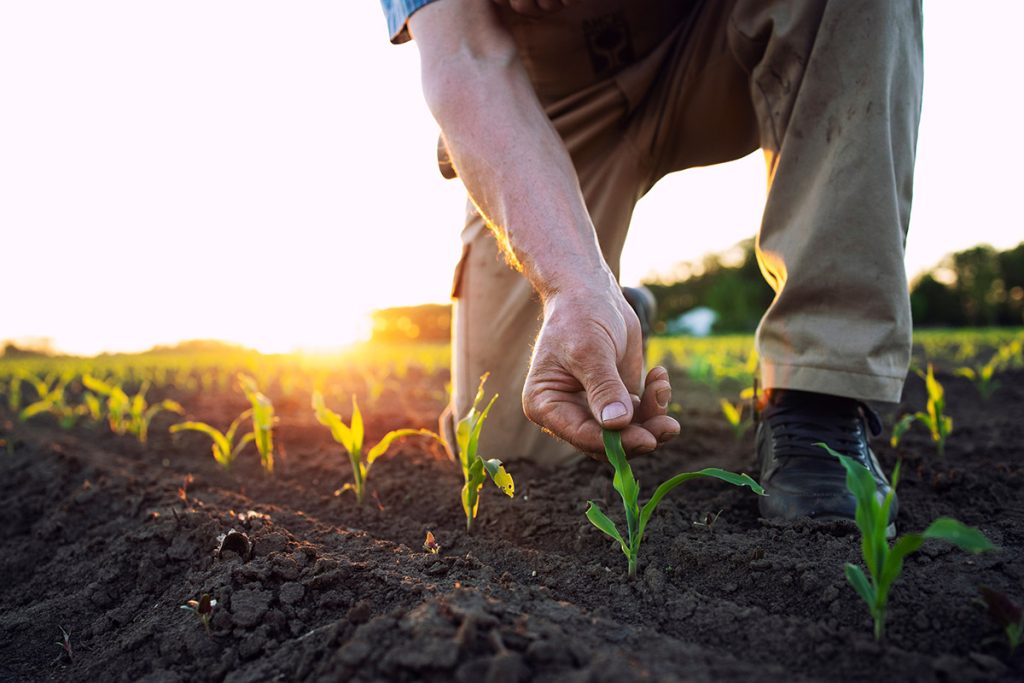Establishing Conservation Reserve Program (CRP) land can seem like a daunting task, but with the right approach and expert guidance, you can create a thriving conservation area. FDC Enterprises specializes in providing comprehensive CRP solutions, from initial planning to full implementation. Here’s a step-by-step guide to help you navigate the process.
Step 1: Understand CRP Requirements
Before starting your CRP project, familiarize yourself with the program’s requirements and objectives. The CRP aims to improve environmental quality by converting highly erodible and other environmentally sensitive land to vegetative cover. This includes native grasses, trees, and other plantings that improve water quality, prevent soil erosion, and enhance wildlife habitat.
Step 2: Assess Your Land
Conduct a thorough assessment of your land to determine its suitability for CRP. Consider factors such as soil type, existing vegetation, topography, and water availability. This assessment will help you identify the most appropriate conservation practices and seed mixes for your project. USDA CRP employees can help you through this process.
Step 3: Develop a Conservation Plan
Work with your local NRCS office to develop a conservation plan tailored to your land. This plan will outline the specific conservation practices you will implement, the types of vegetation you will plant, and the maintenance activities required. FDC Enterprises can then execute the comprehensive plan that meets all CRP requirements and maximizes environmental benefits.
Step 4: Select the Right Seed Mix
Choosing the right seed mix is crucial for the success of your CRP project. FDC Enterprises offers a range of high-quality, NRCS compliant seed mixes designed to meet various conservation objectives. Our experts can help you select a mix that is suited to your soil type, hydrology, and conservation goals.
Step 5: Prepare the Site
Proper site preparation is essential for successful seed establishment. This may involve clearing existing vegetation, applying herbicides, and preparing the soil through tilling or other methods. Our team at FDC Enterprises has extensive experience in site preparation and can ensure your land is ready for planting.
Step 6: Plant the Seed
Timing and method of planting are critical to ensure optimal seed germination and growth. FDC Enterprises uses state-of-the-art equipment and techniques to plant your seeds at the right depth and rates. Whether you’re planting native grasses, forbs, or legumes, we have the expertise to ensure successful establishment.
Step 7: Implement Maintenance Practices
Maintaining your CRP land is vital for long-term success. This includes regular mowing, controlled burning, and weed management to promote healthy growth and prevent invasive species. FDC Enterprises offers comprehensive maintenance services to keep your CRP land in optimal condition.
Step 8: Monitor and Document
Regular monitoring and documentation are required to ensure compliance with CRP guidelines and to track the progress of your conservation efforts. Our team can assist with monitoring plant growth, wildlife activity, and other indicators of success. We also provide detailed documentation to support your CRP contract requirements.
Establishing CRP land is a rewarding endeavor that contributes to environmental conservation and sustainable agriculture. By following these steps and partnering with FDC Enterprises, you can create a successful and sustainable CRP project. Contact us today to learn more about our CRP services and how we can help you achieve your conservation goals.

